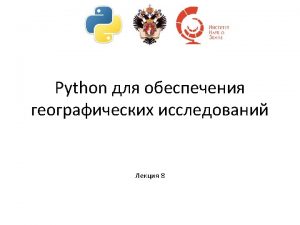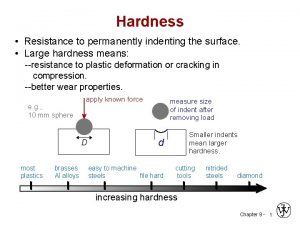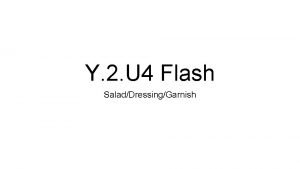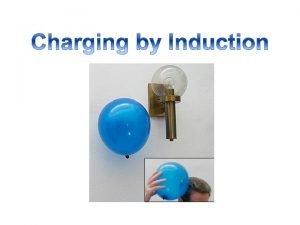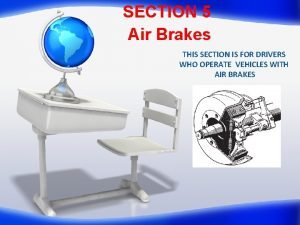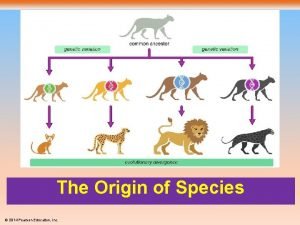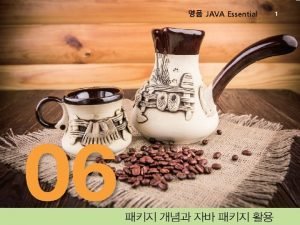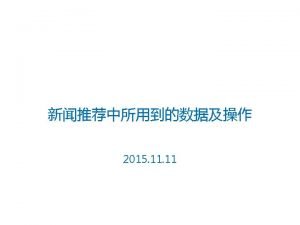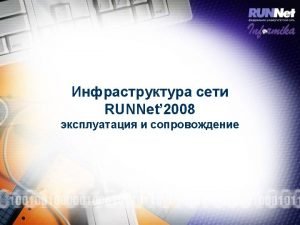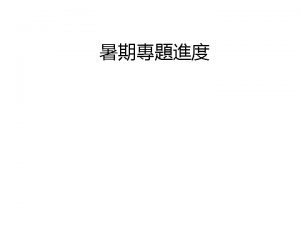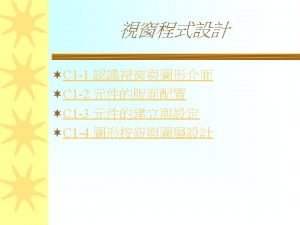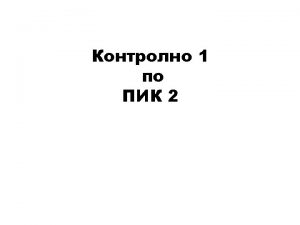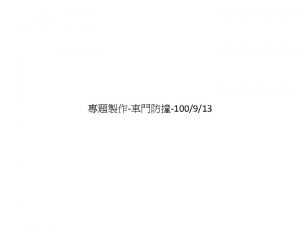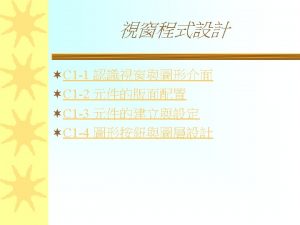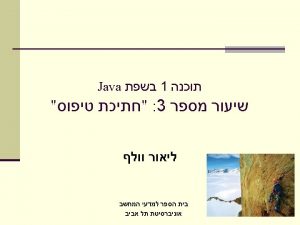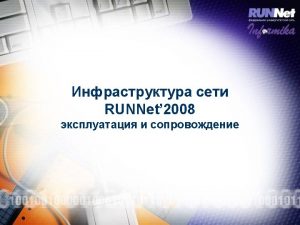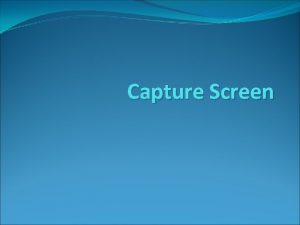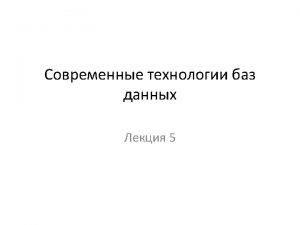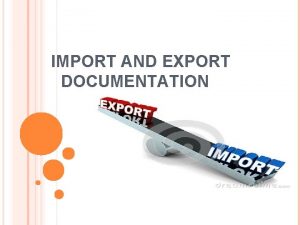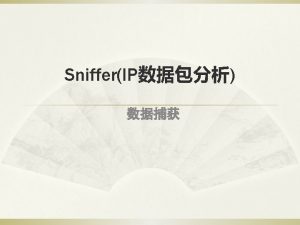New Veterinary Import Conditions for All Racehorses Permanently



















- Slides: 19

New Veterinary Import Conditions for All Racehorses Permanently Imported into Hong Kong Veterinary Department Hong Kong Jockey Club

Objective The Stewards of the Hong Kong Jockey Club have decided , from 1 July 2002, to enforce compulsory veterinary screening to attempt to identify actual or potential problems in horses prior to import into Hong Kong; and therefore protect owners from receiving horses with pre-existing problems.

Pre-export veterinary examination 1. to be organised by the Hong Kong Jockey Club's appointed shipping agents and conducted by veterinary surgeons in the country of export who should be suitably qualified and not connected with the horse in any way. 1 2. to be performed during the month prior to the horse's entry into Hong Kong pre-export quarantine.

Part I - 5 stage vetting A standard 5 -stage examination: l Preliminary examination (at rest) l Trot-up (in-hand) l Strenuous exercise (ridden) l Rest period l Second trot-up and examination -The horse MUST undergo the ridden strenuous exercise examination for proper evaluation of its wind, heart and action.

Conditions NOT ACCEPTABLE for import into Hong Kong l l l l a. b. c. d. e. f. g. Blind in one eye Cryptorchid (“rig”) Wobbler syndrome/ Neurological problem e. g. EPM Persistent lameness Previous history of epistaxis (EIPH) Previous history of heart irregularity Previous history of any neurectomy (“denerving”)

Conditions NOT RECOMMENDED for import into Hong Kong a. Vices- crib biting, weavers, box walker, wind sucker, etc b. Hoof quarter crack, chronic hoof distortion and poor foot conformation

Part II- Radiographic examination l 42 X-ray images of stifles, hocks, knees, fetlocks and front feet.

Conditions NOT ACCEPTABLE for import into Hong Kong Sesamoid Fractures Articular bone fragment(s) causing lameness Laminitis Advanced degenerative joint disease Bone cyst depending on location and severity

Conditions NOT RECOMMENDED for import into Hong Kong OCD lesion depending on location and severity l Fractures depending on location and severity l Ring bone l

Part III- Endoscopic Examination

Part III- Endoscopic examination Conditions NOT ACCEPTABLE for import into Hong Kong: l Complete laryngeal paralysis (“Roarer”) l Ethmoid haematoma l Persistent dorsal displacement of soft palate l Pharyngeal/ laryngeal developmental anomalies e. g. deformed palato-pharyngeal arch, hypoplastic epiglottis, etc l Epistaxis (EIPH) Conditions NOT RECOMMENDED for import into Hong Kong: l Entrapped epiglottis

Part IV- Ultrasonographic Examination l Both foreleg tendons and suspensory ligament with branches to be examined by ultrasound scan. Conditions NOT ACCEPTABLE for import into Hong Kong: l pre-existing tendon or suspensory injury with core lesion or fibre disruption or enlargement l

Blood Test for Analgesic Drug l. A blood sample will be taken after the 5 stage vetting to test for Non- Steroidal Antiinflammatory Drug (NSAID). l This is to ensure that the horse has not been under “pain relief” drug during the veterinary examination.

PASS/ FAIL – Should a difference of opinion occur between the primary examining veterinary surgeon and the Club's appointed second opinion veterinary surgeon, then all findings MUST be forwarded to the Club. The findings will be evaluated by the Club's Veterinary Surgeons who will discuss them with the (intended) owner and the (intended) trainer, following which a decision will be made on whether or not to import the horse.

Tendon Injury

Stifle Bone Cyst

Fractured Sesamoid

Suspensory Ligament Injury

Roarer
 Import javax.swing.*
Import javax.swing.* Import java.io.file;
Import java.io.file; Import numpy as np import matplotlib.pyplot as plt
Import numpy as np import matplotlib.pyplot as plt Import java.awt.event.*;
Import java.awt.event.*; Permanently damaged vocal cords
Permanently damaged vocal cords What is the resistance to permanently indenting the surface
What is the resistance to permanently indenting the surface Chef's salad is an example of a _____ salad.
Chef's salad is an example of a _____ salad. Charging by induction permanent
Charging by induction permanent Name 3 points
Name 3 points What is snubbing the brakes
What is snubbing the brakes You were a lover before times beginning
You were a lover before times beginning Describe the conditions under which new species may arise.
Describe the conditions under which new species may arise. Fspos vägledning för kontinuitetshantering
Fspos vägledning för kontinuitetshantering Novell typiska drag
Novell typiska drag Nationell inriktning för artificiell intelligens
Nationell inriktning för artificiell intelligens Ekologiskt fotavtryck
Ekologiskt fotavtryck Varför kallas perioden 1918-1939 för mellankrigstiden
Varför kallas perioden 1918-1939 för mellankrigstiden En lathund för arbete med kontinuitetshantering
En lathund för arbete med kontinuitetshantering Särskild löneskatt för pensionskostnader
Särskild löneskatt för pensionskostnader Tidbok för yrkesförare
Tidbok för yrkesförare


